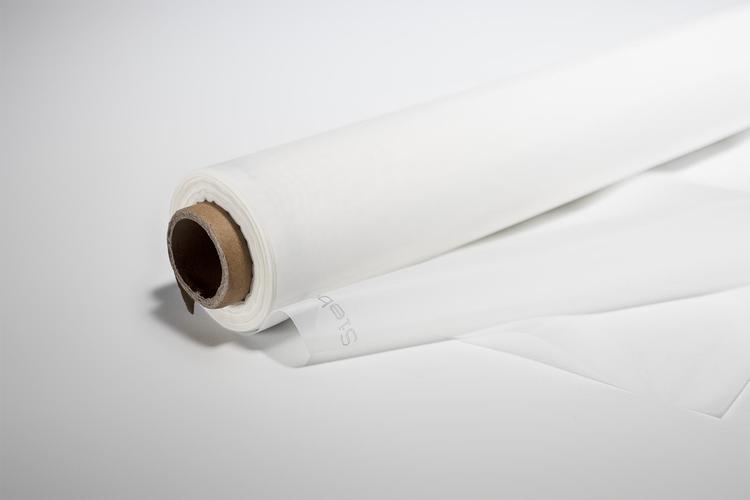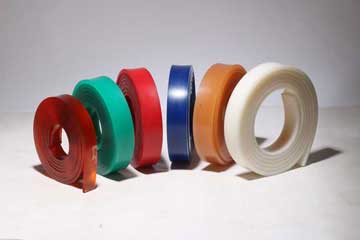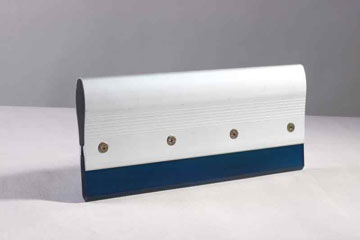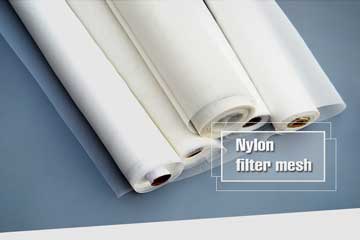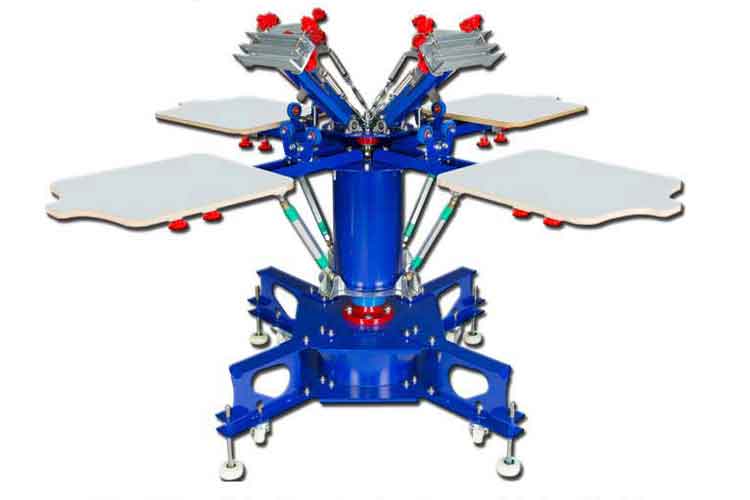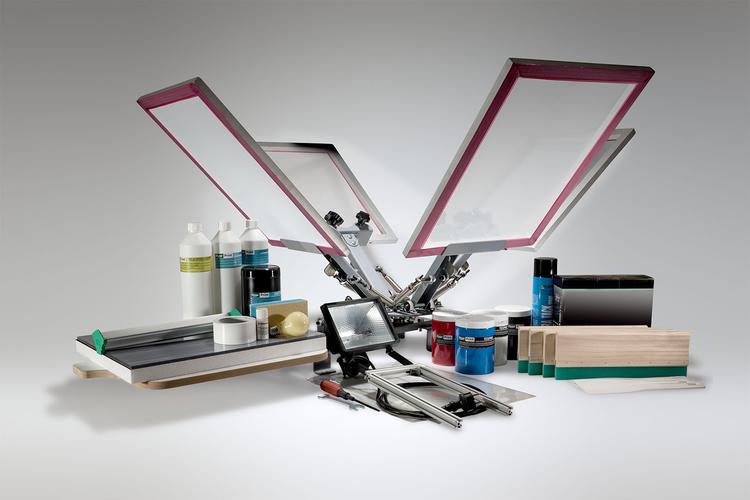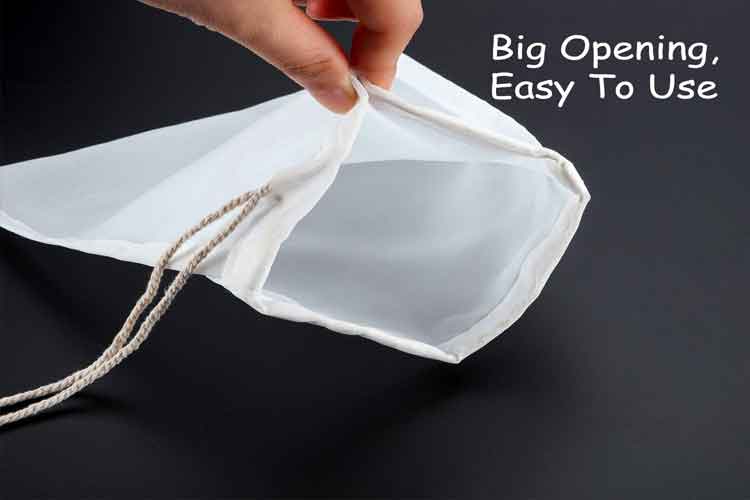How Do Micron Bags Work? A Complete Guide to Efficient Filtration Solutions
Now that you know how micron bags work, it’s clear why they are such a valuable tool for filtration. By trapping particles larger than their micron rating, micron bags ensure clean liquids or gases, improving product quality and protecting equipmentFiltration is a critical process in many industries, from water treatment to chemical processing. Among the various filtration tools available, micron bags stand out as a versatile and cost-effective solution. But how do micron bags work, and why are they so popular for removing impurities and contaminants?
This article provides a detailed explanation of how micron bags function, their benefits, and their wide-ranging applications. By the end, you’ll understand why micron bags are an essential component in filtration systems and how they can enhance your operations.
.jpg)
What Are Micron Bags?
Before diving into how micron bags work, it’s essential to understand what they are. Micron bags, also known as micron filter bags, are specialized filters designed to trap particles of specific sizes. The term “micron” refers to the size of the particles the bag can filter, measured in micrometers (one-millionth of a meter).
For example:
- A 1-micron bag can trap particles as small as 1 micron, such as bacteria or fine sediment.
- A 100-micron bag is better suited for larger particles like sand or debris.
Micron bags are made from durable materials such as polypropylene, polyester, or nylon and are used in industries ranging from food production to pharmaceuticals.
How Do Micron Bags Work?
The working principle of a micron bag is simple yet effective. These bags act as a physical barrier, allowing liquids or gases to pass through while capturing particles larger than the bag's micron rating.
Here’s a step-by-step breakdown of how micron bags work:
1. Filtration Process
When liquid or gas flows into a filtration system, it passes through the micron bag. The bag’s porous material traps particles larger than its micron rating, effectively filtering out contaminants. Smaller particles and clean liquid or gas continue to flow through the bag.
2. Micron Ratings
The micron rating determines the size of particles the bag can capture. A lower micron rating (e.g., 1 micron) captures finer particles, while a higher micron rating (e.g., 100 microns) allows finer particles to pass through while trapping larger debris.
3. Flow Rate
The flow rate of the liquid or gas depends on the micron rating and the bag material. Smaller micron ratings may slow down the flow rate due to finer filtration, while larger micron ratings enable faster flow with coarser filtration.
4. Ease of Use
Micron bags are designed for easy installation and replacement. They are typically used within filter housings or systems that support various sizes and micron ratings.
Why Are Micron Bags Essential?
Micron bags are an integral part of many filtration systems due to their precision, versatility, and efficiency. They offer numerous benefits, including:
1. High Filtration Efficiency
Micron bags provide consistent and reliable filtration. Whether you need to remove tiny bacteria or large sediment, there’s a micron bag designed to meet your specific requirements.
2. Cost-Effectiveness
Micron bags are an affordable solution for industrial and commercial filtration needs. They are often reusable, reducing the frequency and cost of replacements.
3. Wide Range of Applications
From water treatment to chemical processing, micron bags can handle various liquids, gases, and contaminants. Their adaptability makes them suitable for almost any industry.
4. Environmental Benefits
By effectively capturing contaminants, micron bags help reduce environmental pollution, ensuring that discharged liquids or gases meet regulatory standards.
5. Easy Maintenance
Micron bags are easy to install, clean, and replace, making them a low-maintenance option for busy operations.
Common Applications of Micron Bags
Micron bags are used in a wide range of industries. Here are some of the most common applications:
1. Water Filtration
Micron bags are widely used in water treatment plants to remove sediment, algae, and other contaminants. They ensure clean water for industrial, commercial, and residential use.
2. Food and Beverage Production
In the food and beverage industry, micron bags are essential for filtering liquids like beer, wine, and juices. They help maintain product quality by removing impurities without altering the taste or texture.
3. Chemical Processing
Micron bags are used to filter chemicals, solvents, and oils in industrial processes. Their ability to withstand harsh chemicals makes them indispensable in this field.
4. Pharmaceutical Manufacturing
In pharmaceutical production, cleanliness and precision are critical. Micron bags help ensure that liquids meet strict purity standards by removing contaminants.
5. Industrial Applications
From metalworking to paint production, micron bags are used to filter out particles and debris that could damage equipment or compromise product quality.
Choosing the Right Micron Bag
When selecting a micron bag, it’s essential to consider the following factors:
1. Micron Rating
Determine the size of particles you need to filter. For example:
- Use a 1-micron bag for ultra-fine filtration.
- Use a 50-micron bag for general-purpose filtration.
- Use a 200-micron bag for coarse filtration.
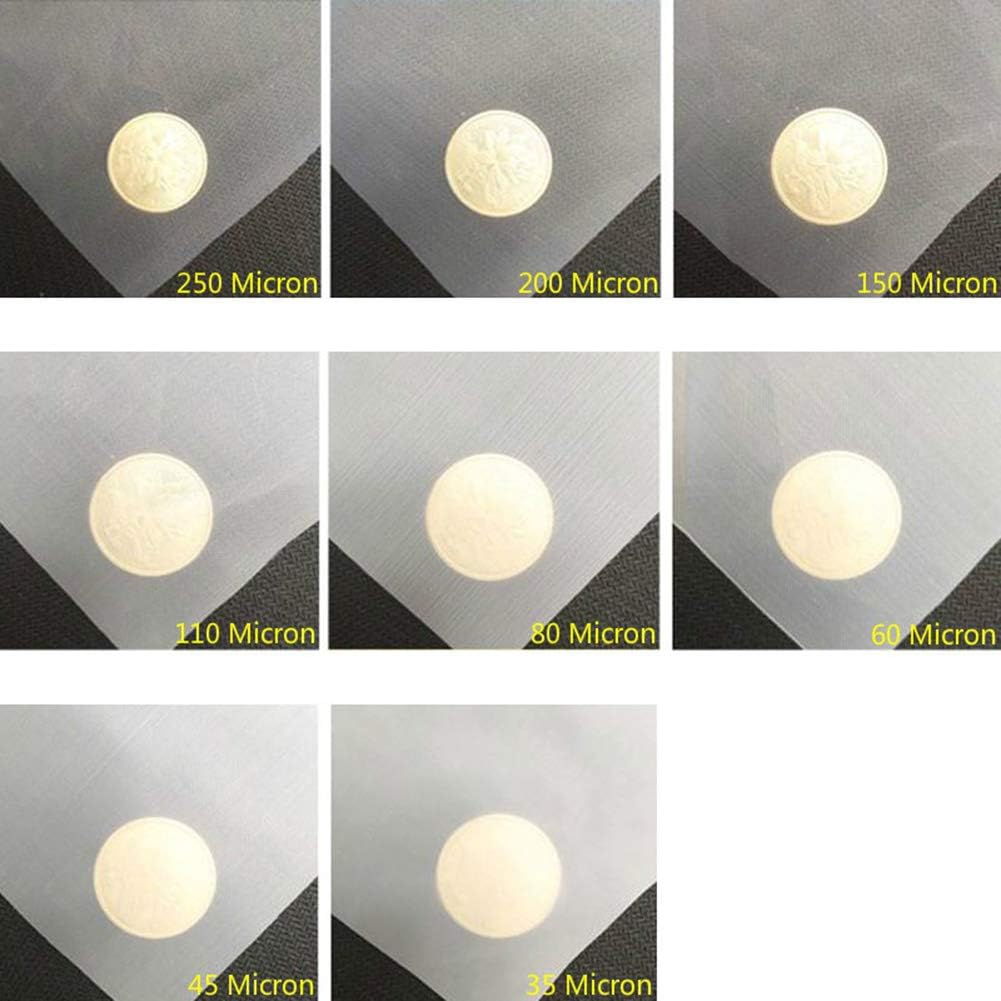
2. Material
Choose a material that suits your application. For example:
- Polypropylene: Ideal for chemical resistance and high temperatures.
- Nylon: Durable and reusable, suitable for food and beverage applications.
- Polyester: Versatile and cost-effective, often used in water treatment.
3. Filter Housing Compatibility
Ensure that the micron bag fits your existing filtration system.
4. Flow Rate
Consider the flow rate required for your application, as smaller micron ratings may reduce flow speed.
.jpg)
Maintaining Your Micron Bags
Proper maintenance is key to maximizing the lifespan and performance of your micron bags. Follow these tips:
- Inspect Regularly: Check for wear and tear or clogging and replace bags as needed.
- Clean Reusable Bags: If your bags are reusable, clean them according to the manufacturer’s instructions to ensure optimal performance.
- Monitor Filtration Efficiency: Regularly assess the quality of filtered liquids or gases to ensure your system is working correctly.
Why Choose High-Quality Micron Bags?
Investing in high-quality micron bags ensures better performance, longer lifespan, and improved efficiency. Trusted suppliers offer micron bags that meet industry standards, providing peace of mind for your operations.
When shopping for micron bags, look for products with:
- Durable Materials: High-quality materials resist wear and tear.
- Consistent Filtration: Reliable micron ratings ensure accurate filtration.
- Positive Reviews: Customer feedback can help you identify trustworthy brands.
Conclusion: How Do Micron Bags Work?
Now that you know how micron bags work, it’s clear why they are such a valuable tool for filtration. By trapping particles larger than their micron rating, micron bags ensure clean liquids or gases, improving product quality and protecting equipment.
Whether you’re in the food and beverage industry, water treatment, or chemical processing, micron bags offer a reliable and cost-effective solution. Choose the right micron rating, material, and size for your application, and experience the benefits of precision filtration today.
Pre:What Are Micron Bags and Why Are They Essential for Filtration?
Next:What Is a 1 Micron Filter? Understanding Its Importance and Applications
Tags:
